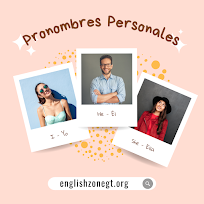
What is a comparative?
Rule # 1:
Short adjectives add "er" for the comparative form (one-syllable adjectives)
- cute - cuter
- short - shorter
- tall - taller

If the last syllable of the adjective ends with (consonant - vowel - consonant) we "double" the last consonant and add "er"
- big - bigger
- fat - fatter
- hot - hotter
Which is bigger?
The hippopotamus is bigger than the lizard.

Rule # 3:
For adjectives ending in "consonant + y" we delete "y" and add "ier"
- pretty - prettier
- ugly - uglier
- happy - happier
Which is prettier?
The butterfly is prettier than the beetle

Rule # 4:
For other adjectives of two or more syllables, add "more"
- colorful - more colorful
- beautiful - more beautiful
- important - more important
Which is more colorful?
The butterfly is more colorful than the eel.

Rule # 5:
Irregular adjectives change completely to form the comparative.
- good - better
- bad - worse
- far - farther / further



